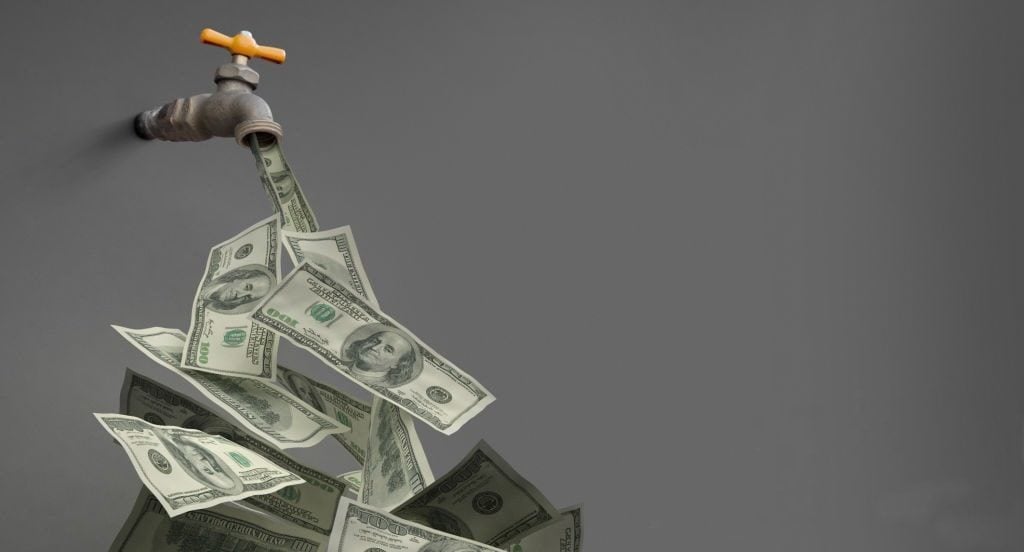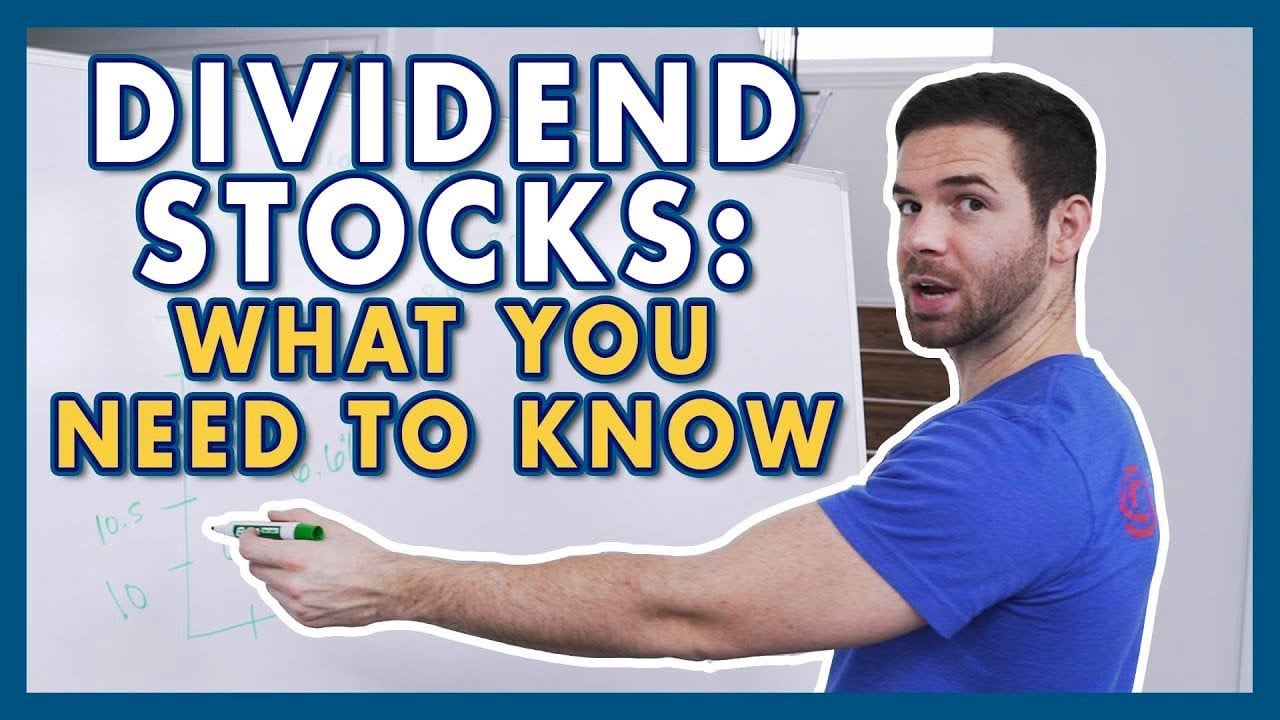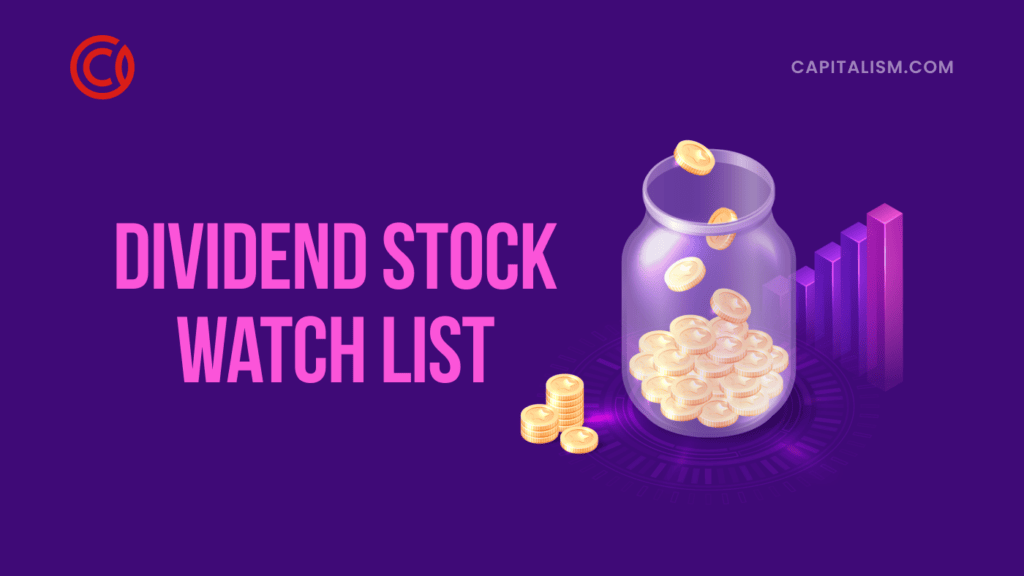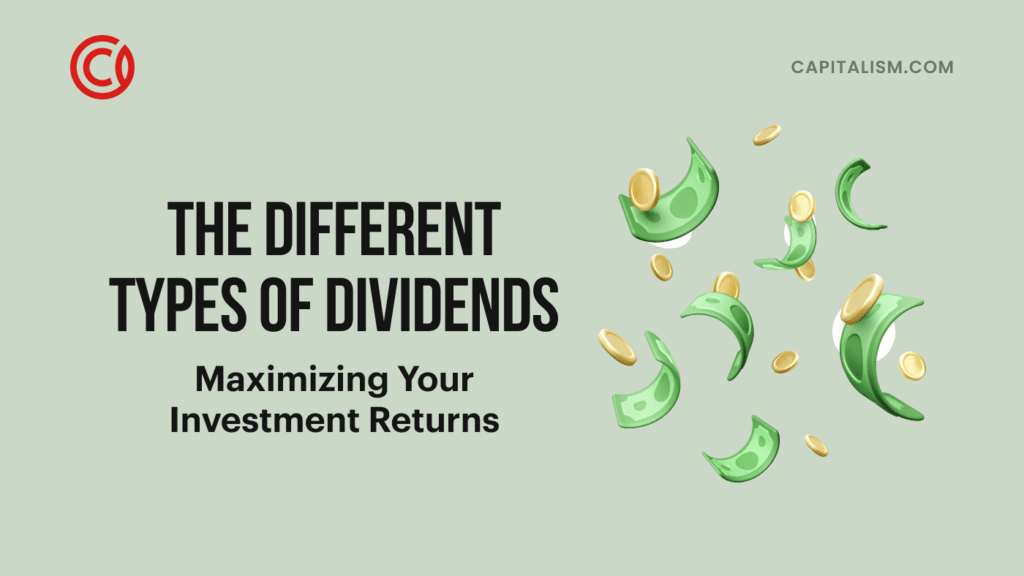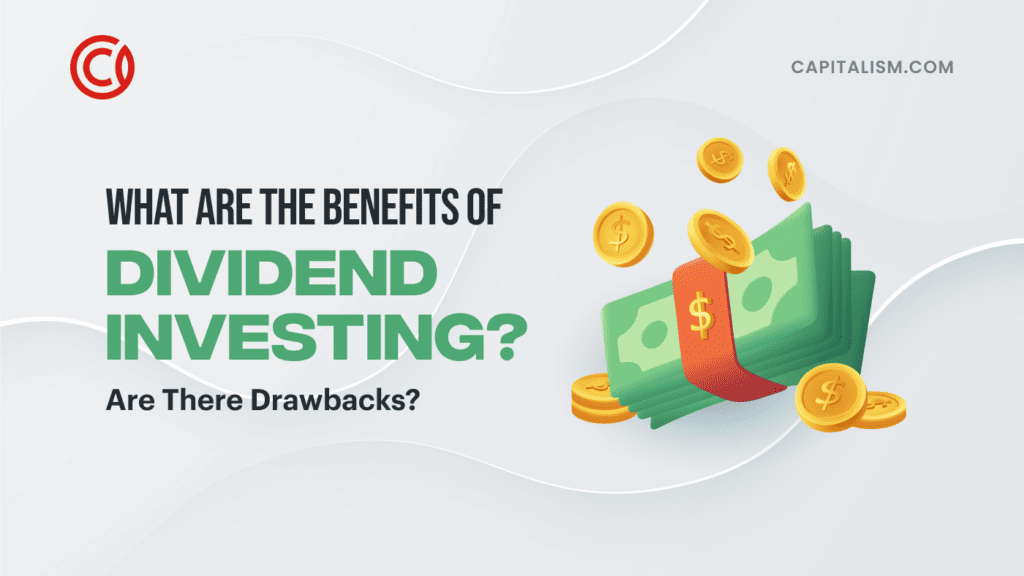First Things First
Dividends are great. They make you remember why you began investing in the first place. The market will always fluctuate between bulls and bears, but if you own stocks that consistently issue dividends to shareholders, this can help ease the pain of some of those bear markets. Aside from any sort of a gain you may get on a stock, dividends can offer you an additional benefit as a shareholder, that you can’t get with other forms of investing.
However, what do you do with the money that you are given in dividends. Do you use it for that new computer that you “need”, or do you use your gains as a reinvestment? If you think you would like to use your gains for a reinvestment, but you don’t really know where to go from there, a DRIP fund may be the perfect solution. In this article I will outline a few of the benefits and drawbacks of a dividend reinvestment plan that may assist you in this decision that you’re plagued with every time you receive a dividend.
DRIPs
While this may be a weird headline, DRIP is the acronym used for a Dividend Reinvestment Plan. DRIPs, offered by more than 650 companies, are programs that allow current shareholders to purchase stock directly from a company, bypassing the broker and brokerage commissions. Individuals typically interact with a transfer agent (an entity a company hires to administer its dividend reinvestment plan). Investors purchase shares with dividends that the company reinvests for them in additional shares or fractions of shares.
Most dividend reinvestment plans also permit investors to make voluntary cash payments directly into the plans to purchase shares. In some cases, companies charge no fees for purchasing stocks through DRIPs, and those that do, charge only a nominal fee. Another upside to DRIPs is that investors buy full and fractional shares of stock, thus putting all of their investment funds to work, instead of leaving the fractions as an inactive bystander that you must withdraw. Finally, the plans are perfect for investors with a small amount of investment funds. Which, let’s be honest, applies to most of us. So, for a minimum investment of $250 in most cases, you will be able to invest in a DRIP.
DRIPs may differ dramatically from one company to another. For example, although most DRIPs require shareholders to own only one share in order to enroll, others may require investors to own as many as 50 shares in order to be eligible. However, some DRIPs will allow any investor to purchase initial shares directly.
What About the Individuals?
Companies and their transfer agents do their best to help dividend reinvestment plan participants keep track of their investments. Investors receive statements, usually after each investment with dividends and optional cash payments. Make sure you keep track of this information, especially your cost basis for each purchase of stock. This information is essential when you sell shares and need to determine your cost basis for tax purposes. Also, at the end of the year, companies send 1099 forms showing the amount of dividend income that was reinvested during the year. This information is important since such dividends are taxable income each year even though the dividends were reinvested in additional shares.
How do you find out about the particulars? Call the company, talk to the shareholder services department and get a copy of the plan prospectus, which provides all of the details concerning the plan. You can also obtain information and enrollment forms to join DRIPs online at the investor relations/shareholders services sections of company websites or the sites of company transfer agents. The most popular transfer agents include Computershare, AST Financial, and Wells Fargo Shareowner Services, now known as EQ.
Commission Free Trades
DRIPs allow you to make trades without paying those pesky commission fees. If you receive a $100 dividend payment from one of your stocks, and your brokerage charges a trading commission, say $6.99, you would really only have about $93 to put to work if you were to simply buy shares yourself. However, if you received the same $100 dividend payment from a stock you have enrolled in a DRIP, you don't have to spend the additional $6.99 and you gain $100 worth of the stock.
Essentially, you have $6.99 more to put to work. This may not sound like a big difference, but it can really add up to serious savings over time. If you own a stock for 30 years and it makes quarterly dividend payments, this translates to nearly $840 in unnecessary commissions that you will not have to pay. This is not including the additional effect of that $840 being reinvested.
Drawbacks of Automatic Reinvesting
As with everything, there are some negative aspects to DRIP investing that you should consider. Here are two potential downsides to DRIP investing that you should be aware of before enrolling in a DRIP.
- Freedom of choice. DRIP investing takes away your freedom of choice in how your dividends are reinvested. Let's say that my Apple stock just paid me a quarterly dividend, but I feel Apple is too overvalued right now (it’s not, this is just an example). Meanwhile, I think some other stocks in my portfolio, such as Tesla, are attractively priced. If I wasn't enrolled in a DRIP, I could use my Apple dividends to buy more Tesla stock, since I think it's the better deal right now. Of course, you can always choose to temporarily disenroll your "expensive" stocks from the DRIP, but this sort of defeats the purpose of automating your dividend reinvestment in the first place.
- Taxes. The other consideration that only applies to DRIP investing in a standard (non-retirement) brokerage account, not to DRIP investing in an IRA or other tax-advantaged accounts. It's important to realize that when you receive a dividend payment from a stock you own, any amount of a dividend is taxable income. Many dividends are considered "qualified dividends" and are taxed more favorably than ordinary income, but they are still taxable. Here's the point. Even if your dividends were used to reinvest in the same stock automatically, the amount of the dividend is still taxable. As a simplified example, let's say that you have a taxable brokerage account with 100 shares of Apple, which pays you a $73 quarterly dividend, as we discussed in an earlier example. Well, even if this dividend is automatically reinvested, you are still responsible for paying tax on that $73 payment. In a nutshell, because you may not notice the dividend income because of the automated process of DRIP investing it can sometimes catch people off guard and result in an unexpectedly high tax bill at the end of the year.
To be perfectly clear, in the vast majority of cases I feel that the benefits of DRIP investing outweigh these downsides, but they're still important to keep in mind.
How to enroll in a DRIP
If you use an online brokerage, like most investors do these days, enrolling your stocks in a DRIP is generally a quick and easy process. On TD Ameritrade's platform, just to name the example that I use, there's a subhead called "dividend reinvestment" under the "My Account" menu at the top of the screen. Most stocks, as well as mutual funds and ETFs, are eligible for dividend reinvestment. It's also important to mention that when you enroll in a DRIP, you'll likely have the option of enrolling all of your current and future stock investments or specifying just certain stocks to enroll. For example, if you own five dividend-paying stocks, but don't really want to buy any more of one of them, you can choose to enroll the other four stocks in the DRIP and receive the dividends from the other one in cash. Your dividend reinvestments are generally complete within a few days of the company's dividend payment date.
As previously stated, your dividends can be used to purchase fractional shares through a DRIP, so there's a couple of points to know about this. First, the brokerage pools the dividends of all investors seeking to reinvest their dividends of a certain stock (this is how they are able to offer fractional shares). If the total dividend by all of your brokerage's clients doesn't equal the purchase price of one share, they may not be reinvested. This generally won't affect you, unless you're trading a particularly small or thinly traded stock or one with an extremely high per-share price, but it is at least worth knowing. Additionally, the only way to sell a fractional stock position is to sell your entire position. In other words, if you own 35.5 shares of Apple, you can't simply decide to sell 5.5 shares and keep the other 30. In most cases, you would need to enter an order to sell 35 shares, and the brokerage would automatically sell the fractional share in your account. This is one of the downfalls of the fractional share purchasing, but if you are more geared toward long term investing, this will not affect you much.
Options to Consider for DRIPs
It goes without saying, all dividend-paying stocks can be good candidates for DRIP investing. However, the benefits of DRIP investing are most apparent when it comes to stocks with steady dividends that grow over time. For this reason, the Dividend Aristocrats index (that is, S&P 500 stocks with at least 25 consecutive years of dividend increases) is an excellent place to start your search. The index includes companies such as Coca-Cola, Johnson & Johnson, and Procter & Gamble, which have increased their dividends for 56, 56, and 62 years, respectively. There's also an S&P High-Yield Dividend Aristocrats index, which features S&P stocks with above-average dividends and 20-year dividend-increase track records, as well as several other dividend stock indices that could be valuable in your search for excellent DRIP stocks.
Just to give you an idea of what I'm talking about, here are two examples of stocks to consider to enroll in a DRIP and why they make such good DRIP candidates:
- First, is real estate investment trust (REIT) Realty Income (NYSE:O). Thanks to a low-risk business model designed to produce stable growth over time, Realty Income has one of the best dividend payment records in the entire market. Based on the current share price, the company pays a 5% dividend yield and has increased its dividend a staggering 96 times since its 1994 NYSE listing. What's more, Realty Income also pays its dividend in more frequent monthly installments, which increase the long-term power of reinvestment. A 5% annual dividend yield effectively becomes 5.1% when compounded monthly, and over time, this seemingly small difference can have quite a substantial impact on your returns.
- Another great DRIP stock to look into is telecom giant AT&T. With a nice 6.2% dividend yield and a 33-year streak of dividend increases, AT&T has been an excellent stock to take advantage of the power of compound returns. And with a payout ratio (dividends relative to the company's earnings) of less than 60%, there's no reason to believe the streak will end anytime soon. Plus, forward growth catalysts such as the emergence of 5G network technology, mergers, and the surge in internet-connected devices, AT&T should see significant earnings growth over time.
Recap
In summary, DRIP investing is one of the most underrated forms of long term investing. It's a fantastic alternative to say, real estate investments. If you are planning on buying stocks to actually own them, and not investing in options or futures, then DRIP investing is something you really need to consider. Over time, you can really utilize your dividends to heighten their benefits to you, as opposed to just receiving those dividend checks in the mail whenever the companies issue them. If you believe in the companies in your portfolio, it is just assumed that you believe in their viability over time. Therefore, you might as well explore your reinvestment options in those stocks by investing in a DRIP.
